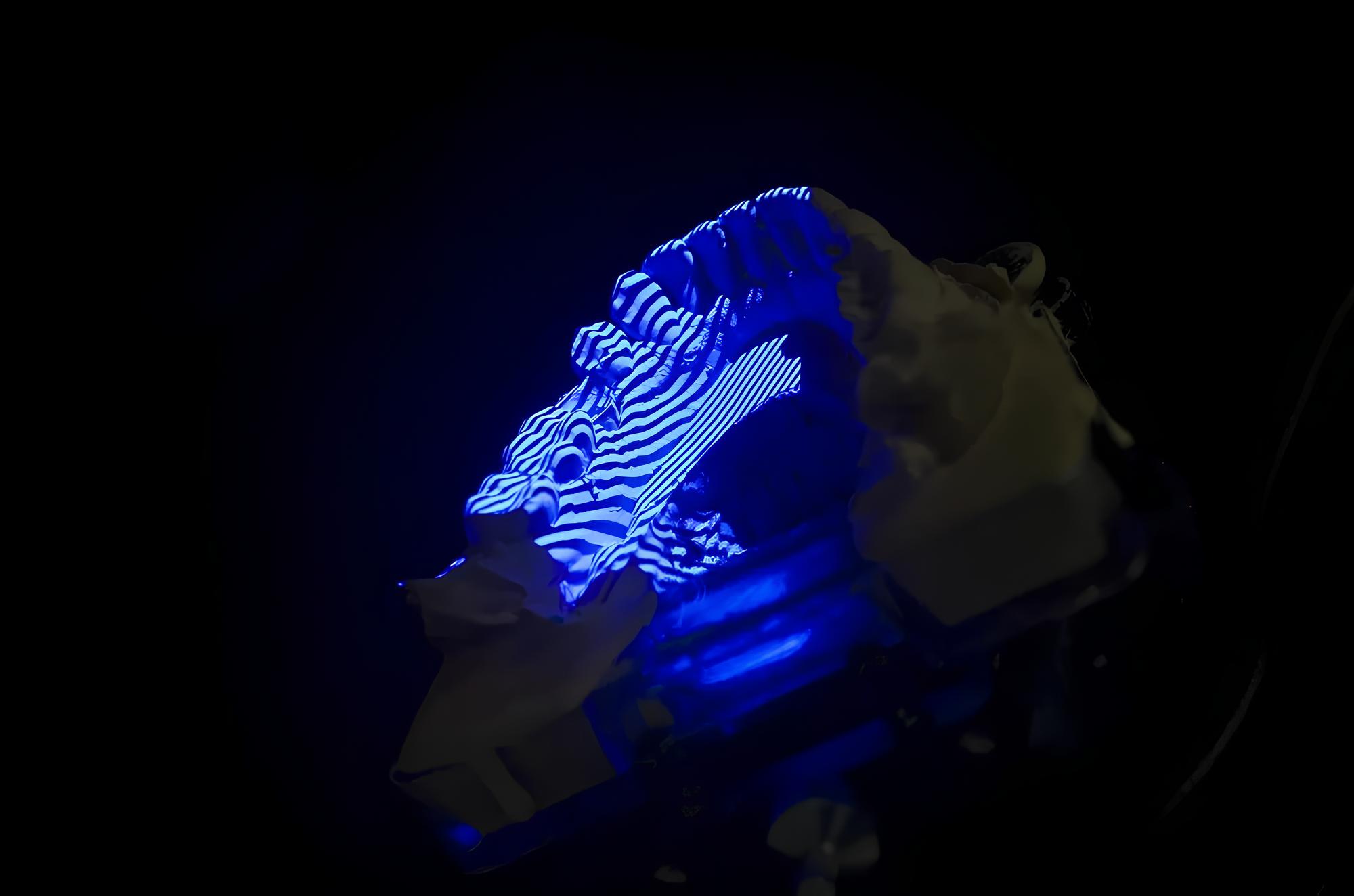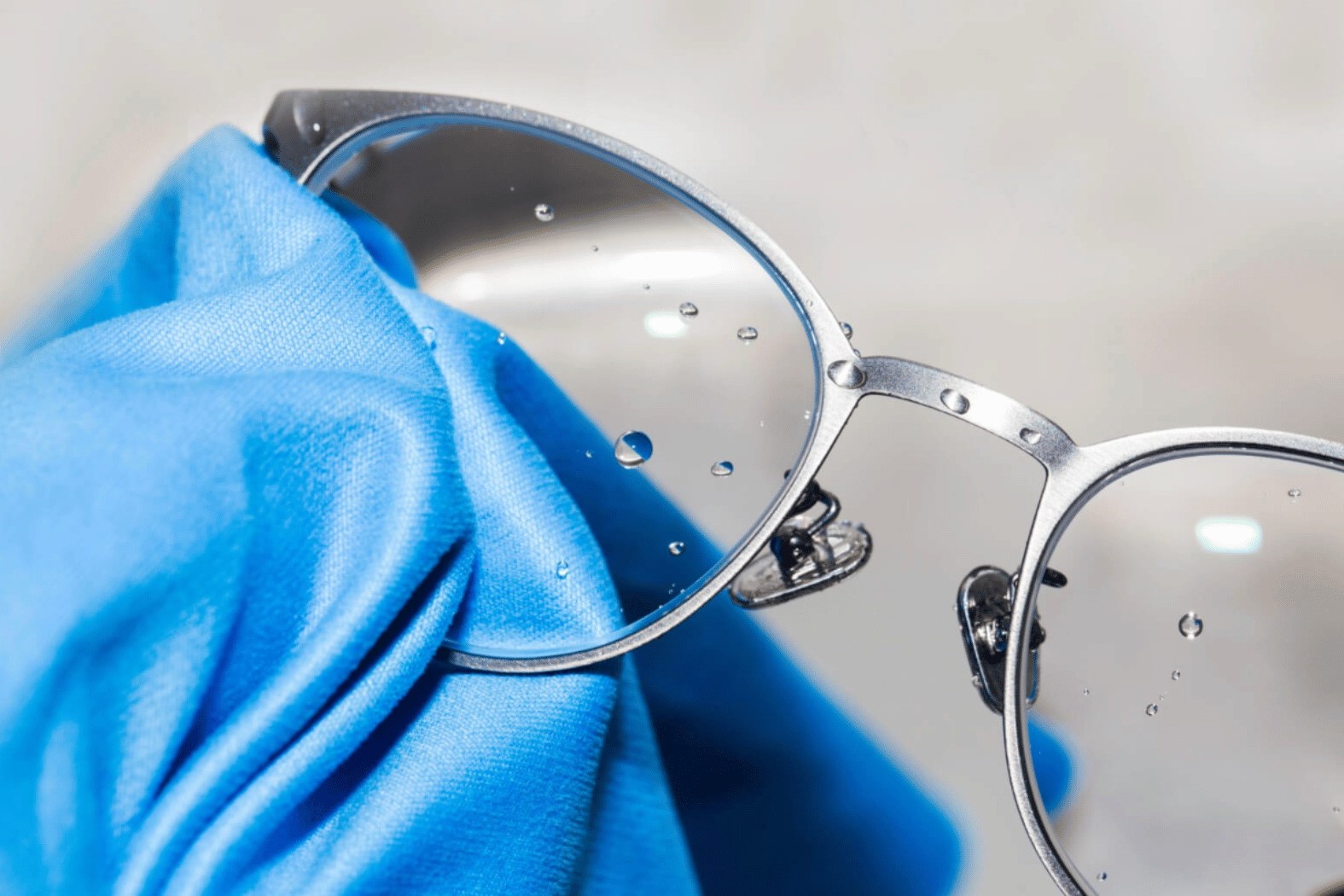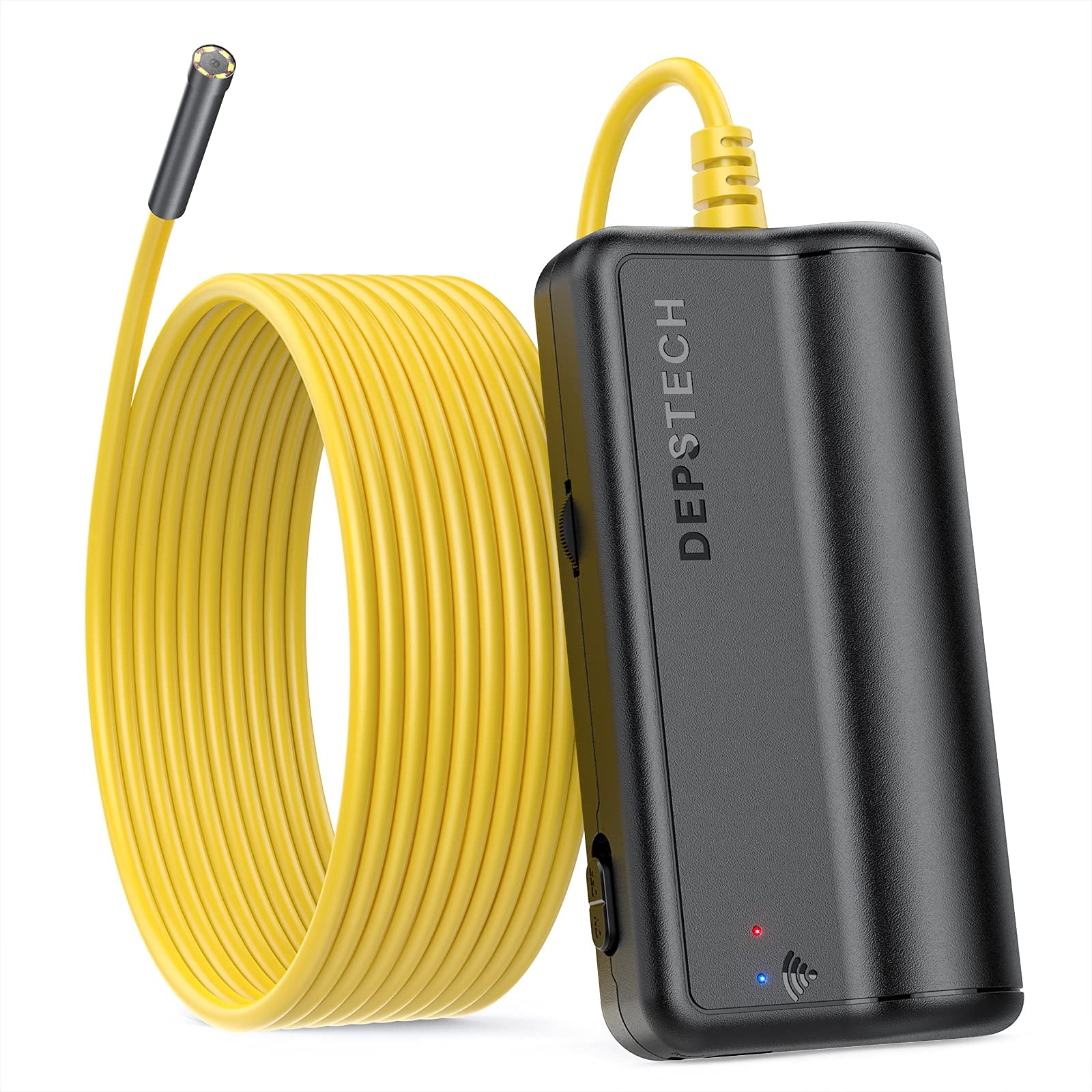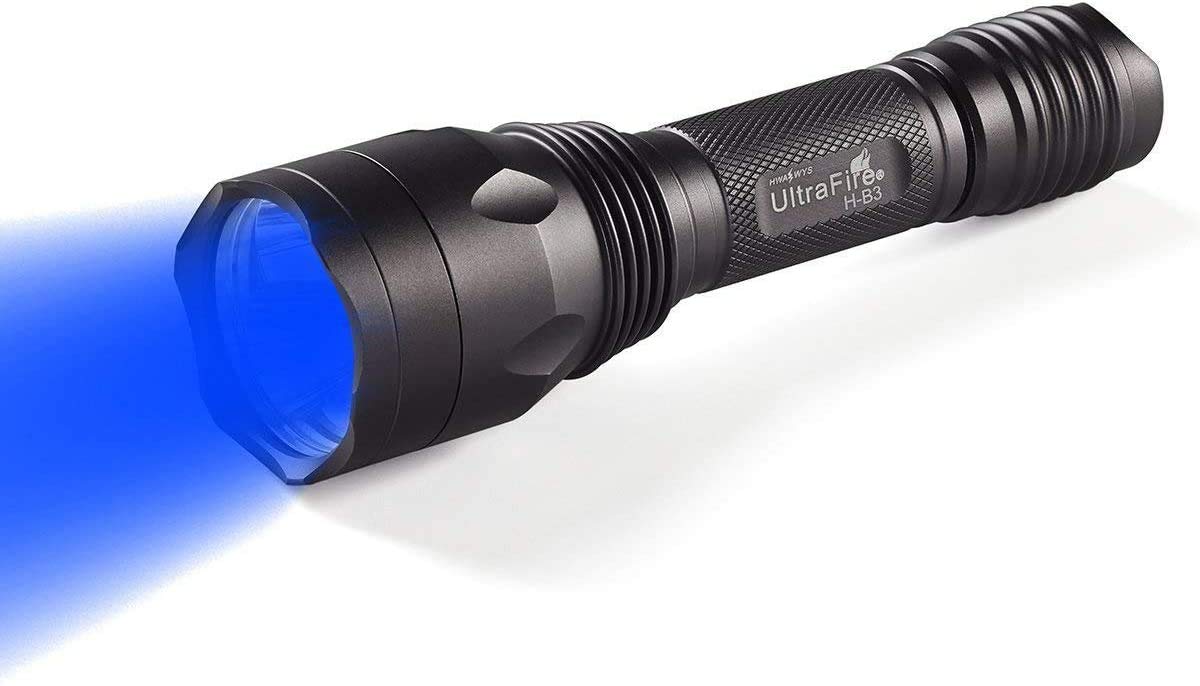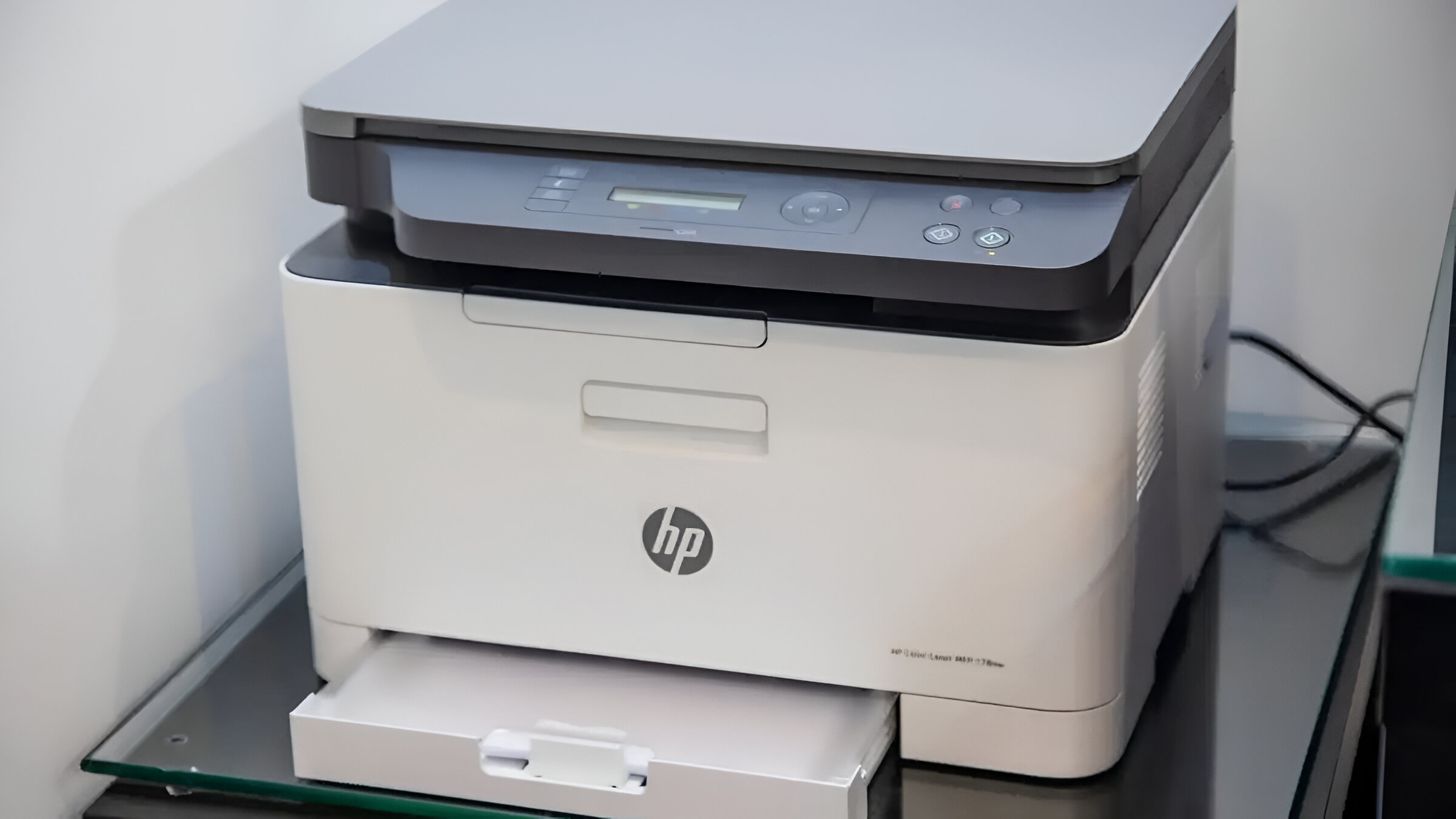Introduction
In the realm of modern technology, precision and accuracy are paramount. Whether it's manufacturing, forensics, or quality control, the need to scrutinize intricate details with utmost clarity is a constant. This is where blue light inspection technology shines – quite literally.
Blue light inspection has emerged as a cutting-edge method for meticulously examining objects and surfaces with exceptional precision. By harnessing the power of blue light, this innovative technology enables the detection of imperfections, irregularities, and minuscule details that might elude the naked eye or traditional inspection methods.
As we delve into the intricate world of blue light inspection, we will unravel its purpose, advantages, applications, as well as its challenges and limitations. This exploration will shed light on the profound impact of blue light inspection across diverse industries, from aerospace and automotive engineering to art restoration and beyond.
Join me on this illuminating journey as we uncover the fascinating realm of blue light inspection and its role in revolutionizing the way we scrutinize and evaluate the world around us.
What is Blue Light Inspection?
Blue light inspection, also known as blue light scanning or blue light 3D scanning, is a cutting-edge technology used for precise and detailed examination of objects and surfaces. This advanced method harnesses the power of blue light to illuminate and capture intricate details that may not be visible to the naked eye or through traditional inspection techniques.
The process involves projecting a concentrated beam of blue light onto the surface of the object being inspected. This light interacts with the surface, highlighting contours, imperfections, and irregularities. A high-resolution camera or sensor then captures the reflected light, creating a detailed and accurate digital representation of the object. This digital model can be further analyzed and manipulated to extract precise measurements, identify defects, and assess overall quality.
Blue light inspection technology is particularly effective in capturing fine details and complex geometries, making it a valuable tool across a wide range of industries. From manufacturing and engineering to art preservation and forensics, the ability to capture and analyze intricate details with exceptional precision has positioned blue light inspection as a game-changing advancement in the field of inspection and quality control.
One of the key distinguishing factors of blue light inspection is its ability to minimize the impact of ambient light and environmental factors on the inspection process. By utilizing a specific wavelength within the blue light spectrum, this technology reduces interference from external light sources, ensuring accurate and reliable results even in challenging lighting conditions.
Furthermore, blue light inspection systems are often equipped with advanced software that facilitates the generation of comprehensive 3D models and precise measurements. This digitized data can be utilized for quality assurance, reverse engineering, dimensional analysis, and flaw detection, offering a multifaceted approach to inspection and evaluation.
In essence, blue light inspection represents a significant leap forward in the realm of precision measurement and quality control. By leveraging the unique properties of blue light, this technology empowers industries to achieve unparalleled levels of accuracy and detail in their inspection processes, ultimately enhancing product quality, safety, and efficiency.
The Advantages of Blue Light Inspection
Blue light inspection technology offers a myriad of advantages that have propelled it to the forefront of modern inspection methodologies. Here are the key advantages of blue light inspection:
-
High Precision and Accuracy: Blue light inspection enables the capture of intricate details with exceptional precision, allowing for the detection of imperfections and irregularities that may be imperceptible through conventional inspection methods. This high level of accuracy is instrumental in maintaining quality standards and ensuring product integrity across various industries.
-
Enhanced Depth Perception: By utilizing advanced 3D scanning techniques, blue light inspection provides enhanced depth perception, allowing for the comprehensive analysis of complex geometries and intricate surfaces. This capability is invaluable in industries such as aerospace, automotive, and medical device manufacturing, where precise dimensional analysis is crucial.
-
Non-Destructive Testing: Unlike certain traditional inspection methods that may involve physical contact or invasive procedures, blue light inspection is non-destructive, preserving the integrity of the inspected objects. This non-invasive approach minimizes the risk of damage to delicate or valuable components, making it a preferred choice for inspecting artifacts, artworks, and historical objects.
-
Reduced Environmental Interference: Blue light inspection systems are designed to mitigate the impact of ambient light and environmental factors, ensuring reliable and accurate results even in challenging lighting conditions. This reduction in environmental interference enhances the consistency and reliability of inspection outcomes, particularly in industrial settings with varying lighting environments.
-
Efficient Data Capture and Analysis: The advanced software integrated into blue light inspection systems facilitates efficient data capture and analysis, enabling the generation of comprehensive 3D models, precise measurements, and detailed reports. This streamlined process accelerates inspection workflows and enhances productivity, making it an ideal solution for industries with stringent quality control requirements.
-
Versatile Applications: Blue light inspection technology finds extensive applications across diverse industries, including aerospace, automotive, electronics, medical, and cultural heritage preservation. Its versatility in capturing fine details and complex surfaces makes it a valuable asset for a wide range of inspection and quality control tasks, contributing to improved efficiency and reliability in various sectors.
In summary, the advantages of blue light inspection encompass unparalleled precision, non-destructive capabilities, environmental resilience, efficient data analysis, and versatile applications. These benefits underscore the transformative impact of blue light inspection technology in elevating the standards of inspection, quality control, and precision measurement across multiple domains.
Applications of Blue Light Inspection
Blue light inspection technology has permeated various industries, offering a wide array of applications that leverage its precision, versatility, and non-destructive nature. From manufacturing and engineering to art restoration and forensics, the impact of blue light inspection is profound and far-reaching.
Manufacturing and Engineering
In the realm of manufacturing and engineering, blue light inspection plays a pivotal role in quality control, dimensional analysis, and reverse engineering. It is widely utilized for inspecting complex components, intricate surfaces, and precision-engineered parts in industries such as aerospace, automotive, and electronics. The technology's ability to capture fine details and intricate geometries ensures the detection of defects, deviations, and irregularities, thereby enhancing product quality and reliability.
Art Restoration and Preservation
Blue light inspection has revolutionized the field of art restoration and preservation by enabling the meticulous examination of historical artifacts, delicate artworks, and cultural heritage objects. Its non-destructive nature makes it an ideal tool for analyzing the condition of priceless artifacts, identifying surface anomalies, and documenting intricate details with exceptional precision. This application extends to the conservation of historical monuments, archaeological findings, and artistic masterpieces, contributing to the safeguarding of global cultural heritage.
Forensics and Criminal Investigation
In the realm of forensics and criminal investigation, blue light inspection serves as a valuable tool for analyzing forensic evidence, detecting trace materials, and examining intricate surfaces for minute details. The technology's ability to reveal imperceptible traces, such as fingerprints, fibers, and latent marks, enhances the investigative process and aids in the resolution of criminal cases. Its non-invasive nature ensures the preservation of evidence integrity, making it an indispensable asset in forensic science.
Medical Device Manufacturing
In the domain of medical device manufacturing, blue light inspection facilitates the precise analysis of intricate components, complex molds, and micro-features essential for medical devices and implants. The technology's high precision and non-destructive nature make it well-suited for ensuring the dimensional accuracy, surface quality, and structural integrity of critical medical components, contributing to the advancement of healthcare technology and patient safety.
Electronics and Semiconductor Industry
Blue light inspection finds extensive applications in the electronics and semiconductor industry, where the inspection of microelectronics, integrated circuits, and miniature components demands exceptional precision and detailed analysis. The technology's ability to capture fine details, detect defects, and assess surface uniformity is instrumental in maintaining the quality and reliability of electronic components, ensuring optimal performance in diverse electronic devices and systems.
In essence, the applications of blue light inspection span across a diverse spectrum of industries, encompassing manufacturing, art preservation, forensics, medical technology, and electronics. Its ability to capture intricate details, ensure precision measurement, and facilitate non-destructive analysis has positioned it as a transformative technology with multifaceted applications that contribute to the advancement and quality assurance of various products and artifacts.
Challenges and Limitations of Blue Light Inspection
While blue light inspection technology offers remarkable capabilities, it is essential to acknowledge the challenges and limitations that accompany its implementation and utilization.
Sensitivity to Surface Characteristics
One of the primary challenges of blue light inspection lies in its sensitivity to surface characteristics. Reflective or translucent surfaces, as well as materials with varying optical properties, can pose challenges in achieving consistent and accurate results. The interaction of blue light with such surfaces may lead to distorted reflections or inconsistencies, impacting the precision of the inspection process.
Environmental Factors and Ambient Light
Despite its resilience to environmental interference, blue light inspection systems can still be susceptible to ambient light variations and environmental conditions. Changes in ambient lighting, including natural and artificial sources, can influence the quality of the captured data, requiring meticulous calibration and control of the inspection environment to mitigate potential distortions.
Complexity of Data Processing and Analysis
The comprehensive 3D data captured through blue light inspection necessitates sophisticated processing and analysis techniques. Managing and interpreting large volumes of intricate data can be a daunting task, requiring specialized software, computational resources, and skilled personnel. The complexity of data processing can present a barrier to seamless integration of blue light inspection into existing workflows, especially for organizations with limited expertise in advanced digital modeling and analysis.
Limited Accessibility in Certain Environments
In scenarios where the objects or components to be inspected are situated in confined spaces or challenging environments, accessing them with blue light inspection systems can be logistically complex. The physical constraints of the inspection environment may limit the maneuverability and positioning of the equipment, potentially hindering the comprehensive inspection of certain components or surfaces.
Cost and Investment Considerations
The adoption of blue light inspection technology entails significant initial investment in acquiring specialized equipment, software, and training resources. For organizations with budgetary constraints, the cost of implementing and maintaining blue light inspection systems may present a considerable barrier, impacting the feasibility of integrating this advanced technology into their inspection processes.
Complexity of Calibration and Maintenance
Ensuring the consistent performance and accuracy of blue light inspection systems requires meticulous calibration and regular maintenance. The intricate optical components and precise alignment of the equipment demand ongoing attention and expertise, adding to the operational complexities and maintenance overhead associated with the technology.
In navigating these challenges and limitations, it is essential for organizations and practitioners to approach the integration of blue light inspection technology with a comprehensive understanding of its capabilities and constraints. Addressing these challenges through technological advancements, specialized training, and strategic implementation strategies can unlock the full potential of blue light inspection while mitigating its inherent limitations.
Conclusion
In conclusion, the realm of blue light inspection technology represents a paradigm shift in the domain of precision measurement, quality control, and surface analysis. With its ability to illuminate intricate details, capture complex geometries, and facilitate non-destructive examination, blue light inspection has transcended traditional inspection methodologies, offering unparalleled precision and versatility across diverse industries.
The journey through the purpose, advantages, applications, and challenges of blue light inspection has unveiled its transformative impact on industries such as manufacturing, art restoration, forensics, medical device manufacturing, and electronics. Its role in ensuring product quality, preserving cultural heritage, aiding criminal investigations, and advancing healthcare technology underscores the profound significance of this advanced inspection technology.
The advantages of blue light inspection, including high precision, non-destructive testing, and efficient data analysis, position it as a cornerstone of modern inspection practices. However, it is imperative to acknowledge the challenges and limitations associated with its sensitivity to surface characteristics, environmental factors, data processing complexity, accessibility constraints, cost considerations, and maintenance requirements. Addressing these challenges through technological innovation, expertise development, and strategic implementation strategies is crucial for maximizing the potential of blue light inspection while mitigating its inherent limitations.
As we navigate the evolving landscape of inspection and quality control, the integration of blue light inspection technology represents a pivotal step towards achieving unparalleled levels of accuracy, reliability, and efficiency. Its ability to reveal imperceptible details, ensure precise dimensional analysis, and facilitate non-invasive examination positions it as a catalyst for innovation and excellence across industries.
In essence, blue light inspection technology stands as a beacon of precision, illuminating the path towards enhanced product integrity, cultural preservation, forensic analysis, and technological advancement. Embracing its capabilities while addressing its limitations will pave the way for a future where meticulous scrutiny and comprehensive analysis converge, driving excellence and innovation in the inspection landscape.







